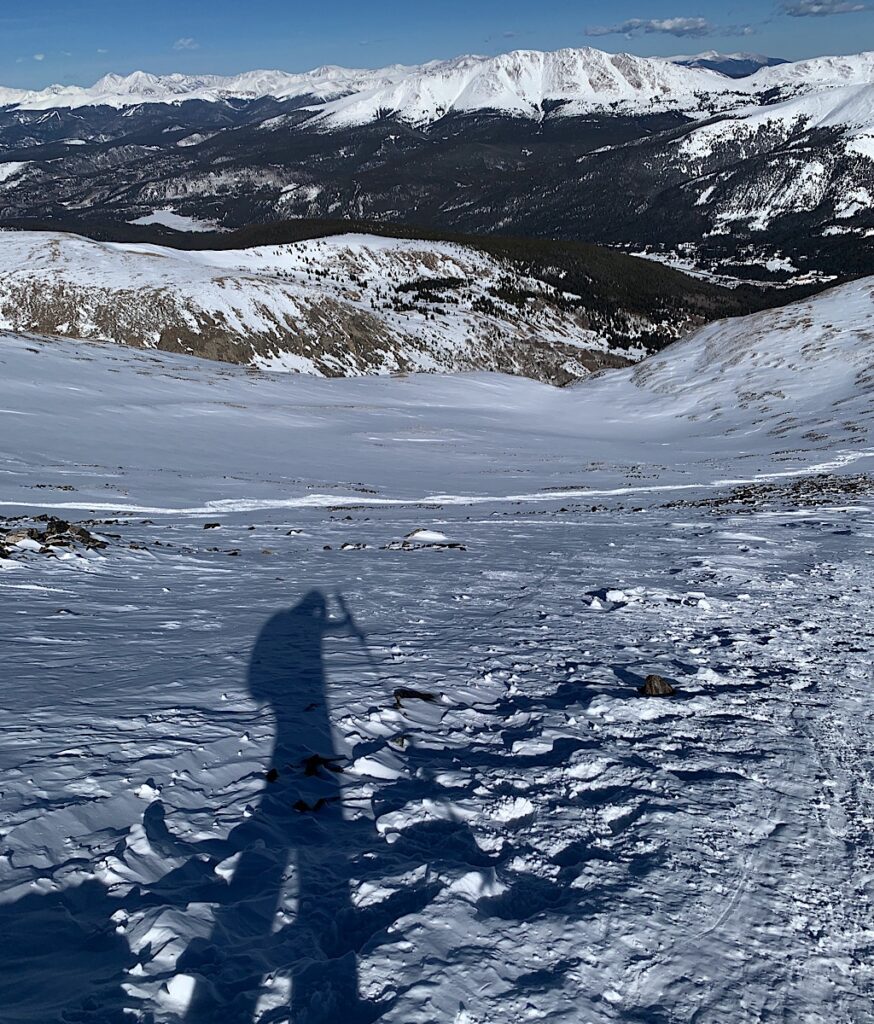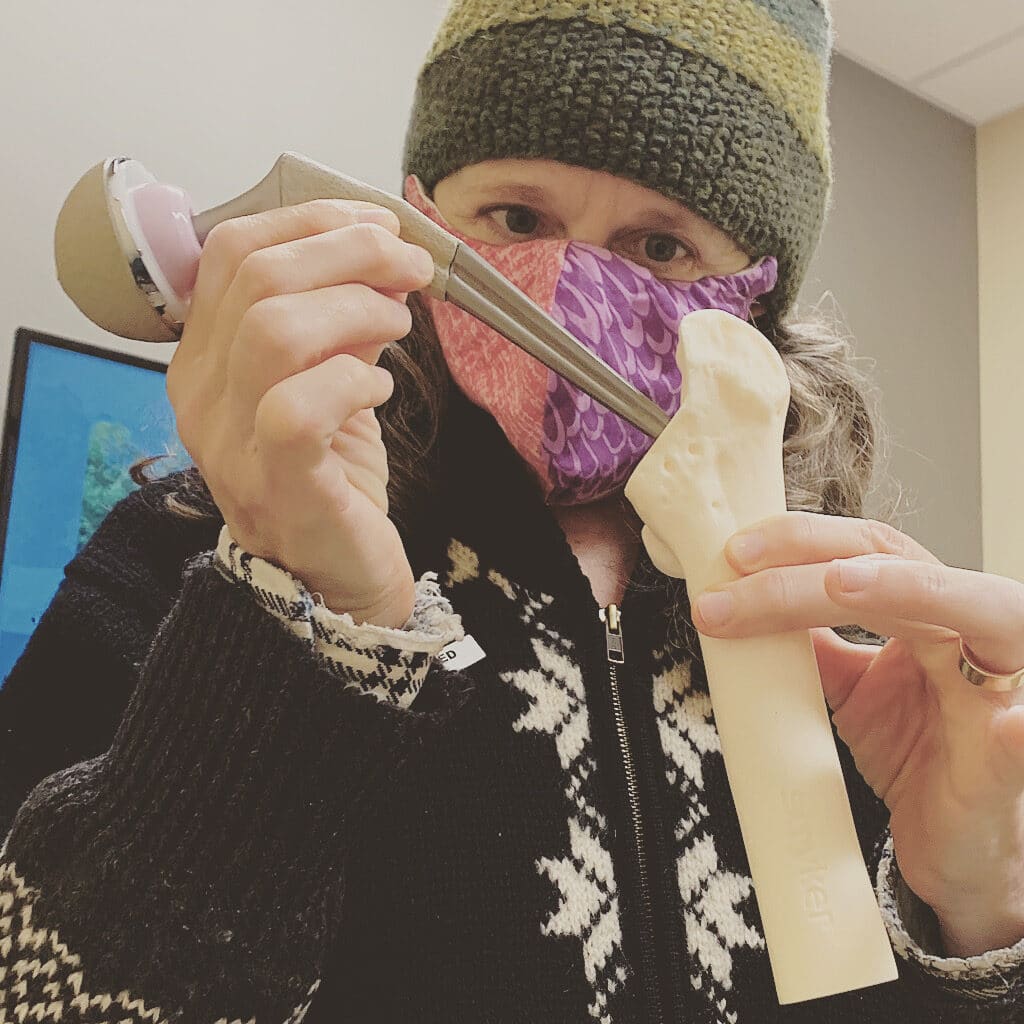
I received a note this morning from a hiker. She writes,
Kia ora Alison, I am early 40s, living in New Zealand but from the UK, and an avid backpacker, but have been living a fairly sedentary full-time-work kind of life for a little too long now. I day hike a lot, but have just been given an early onset osteoarthritis diagnosis in my right foot. Googling this, and 'can I long-distance hike' brought me to a post you did. I am very inspired, happy and ready to push myself back into the lifestyle I really crave - knowing you have also! So thank you, and happy trails :) All the best, Tamsyn
I replied this way:
The best medicine for OA is to keep moving! Start slow and build up to long-distance hiking. I wouldn’t go so far as to say the challenges are purely mental, but factoring in your age and diagnosis, set realistic daily goals and you can walk any trail you want. I certainly do!
What is OA?
First off, Osteoarthritis (OA) is the most common form of arthritis. Some people call it degenerative joint disease or “wear and tear” arthritis. We get it mostly in our hands, hips, and knees. With OA, the cartilage within a joint begins to break down and the underlying bone begins to change.
These changes usually take time to develop and get worse over time, though for me, my hips degenerated in what felt like one fell swoop with nearly no pain whatsoever until the bitter end. But OA is most often very painful causing stiffness, and swelling. In some cases it also causes reduced function and disability – again that would be me with my hips degenerating as I lost all function and could barely walk. The only remedy in my case was to replace my joints with new ones.
If you have OA, you’re in good company. The Center for Disease Control and Prevention says that at least 12% of adult Americans have OA. We get it from joint injury or overuse, age (the risk increasing as we get older) gender (bummer that it’s women who are more susceptible) being overweight, having it in our genes, and apparently race, as Asian populations are at a lower risk.
Because so much of the risk is out of our control, all we can do is mitigate the effects and try to live as actively as possible.
Can I still hike with OA?
Twenty years ago, I developed painful arthritis in my feet called hallux limitus, a restriction in the big toe. At that time, a surgeon wanted to cut me up and fix my toes. Fortunately I spoke with my GP about it beforehand and asked if it would be prudent to wait until I returned from a backpacking trip. He leveled his gaze at me and sternly replied, “If you can walk, you do not need surgery!”
It was some of the best advice I’ve received. I cancelled the surgery, went on that backpack trip and have not needed any intervention. My feet are pretty deformed from bone spurs and every so often my toes ache, but with proper footwear including a wide and roomy toe box and sensible heels (if any) my feet have settled into a kind of normalcy and continue to launch my body thousands of miles over rocky passes and through deep mud.
Many of you may know that at the New Year, I gave up drinking alcohol and eating sugar. This is because both effect my metabolism to increase inflammation, which poorly affects the health of my joints. For most of my life, I barely watched my diet and still stayed slim and strong.
I can’t say for certain if those choices caught up with me or if getting closer to 60 simply requires better food choices, but giving up booze and sweets was one of the easiest things I’ve ever done in my life. I don’t crave them at all.
I also take supplements like Glucosamine Chondroitin. Studies are mixed but even if it’s only a placebo, I seem to have less stiffness and pain. There’s also fish oil and turmeric to add to the diet.

Motion is Lotion
The lesson here is to keep moving. All specialists in the field recommend low impact exercise with hiking as number one. “Motion is lotion,” so they say, so they very act of movement helps circulate synovial fluid and lubricate the joints. As you strengthen the muscles by moving, you put less pressure on the joints, particularly the knees.
So back to our friend in New Zealand, here’s a checklist for getting on trail:
- Start slowly building miles. If the Te Araroa is on your bucket list, plan more days to get through the sections. John Muir preferred sauntering to hiking (or tramping) and it might be better for the mind and spirit as well as body to take your time.
- Use trekking poles. I feel like a wild animal with four legs when I use poles. It takes the pressure off my lower limbs and helps me negotiate uneven trail.
- Keep your base weight (everything in your pack minus food, water and fuel) as light as possible. Being overweight puts pressure on your joints and so does carrying too much weight.
- Take breaks to stretch while walking (and while working at your desk too!)
- And most importantly: Don’t compare yourself with others or with the younger you. This is more a reminder to myself to learn to be OK with my changing body, to still set goals and push myself, but accept that I have some limitations and won’t move as fast, far or fluidly as I used to.
In speaking with “The Old Lady on the Trail” Mary Davison, she mentioned this oft-used and sometimes totally unhelpful phrase, “age is just a number.” Aging and the breakdown of the body are biological functions. Some of us win the genetic lottery and others of us don’t.
The real challenge is on the mind, to keep doing things that we’re capable of and push out of our comfort zones in ways that challenge us while keeping at bay the frustration that comes from developing OA or other health issues.
Kia kaha and happy trails!

